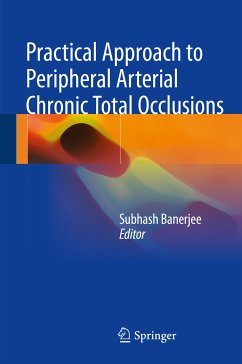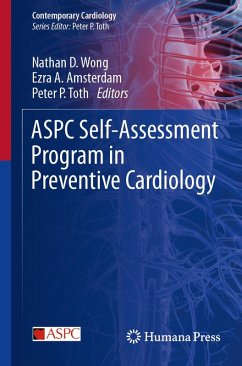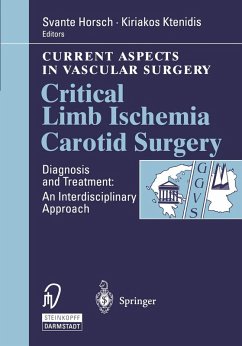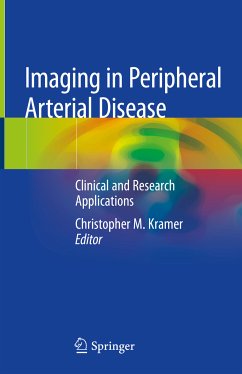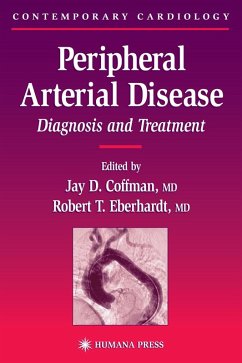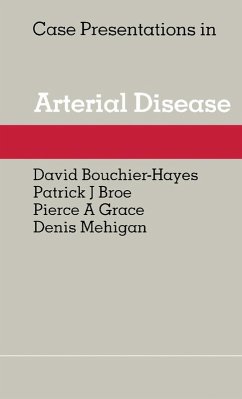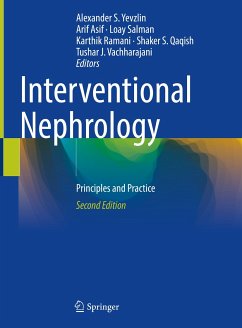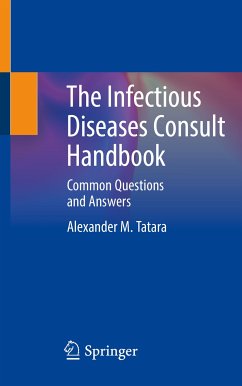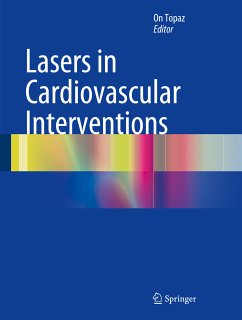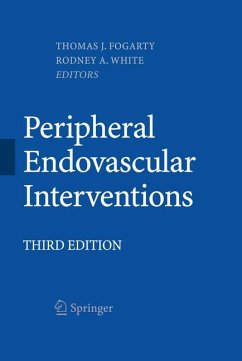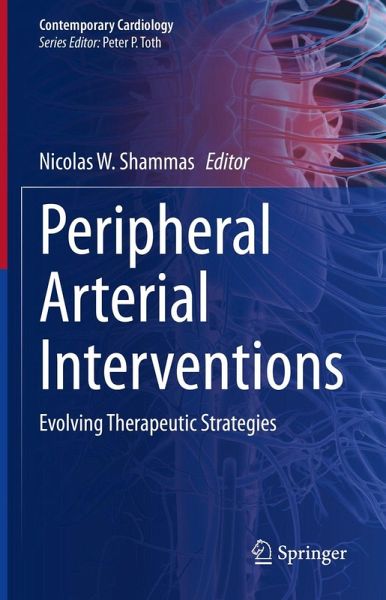
Peripheral Arterial Interventions (eBook, PDF)
Evolving Therapeutic Strategies
Redaktion: Shammas, Nicolas W.
Versandkostenfrei!
Sofort per Download lieferbar
72,95 €
inkl. MwSt.
Weitere Ausgaben:

PAYBACK Punkte
36 °P sammeln!
This book examines new technologies (device and pharmacologic) that have evolved over the past few years in treating peripheral arterial disease. Chapters offer optimal strategies to treat PAD, supported by peer-reviewed data. The pillars of this strategy will focus on (a) changing vessel compliance to allow better lumen expansion, (b) less recoil and dissections, and (c) less bailout stenting. Chapters also review embolic protection devices and apply the adjunctive use of anti-proliferative therapy to maintain good long term outcomes. In addition, the book reviews drug coated balloons and dru...
This book examines new technologies (device and pharmacologic) that have evolved over the past few years in treating peripheral arterial disease. Chapters offer optimal strategies to treat PAD, supported by peer-reviewed data. The pillars of this strategy will focus on (a) changing vessel compliance to allow better lumen expansion, (b) less recoil and dissections, and (c) less bailout stenting. Chapters also review embolic protection devices and apply the adjunctive use of anti-proliferative therapy to maintain good long term outcomes. In addition, the book reviews drug coated balloons and drug eluting stent technologies and other means of drug delivery into the vessel wall. The goal of this book is to discuss all these emerging technologies under the strategy of treating patients with the focus on both acute and long term outcomes. Featuring world renown experts, this book offers a critical and comprehensive overview of the current data and future directions that would pave the wayfor optimal PAD management.
Peripheral Arterial Interventions is an essential resource for physicians, residents, fellows, and medical students in cardiology, radiology, vascular surgery, primary care, and health promotion and disease prevention as well as internal and vascular medicine specialists.
Peripheral Arterial Interventions is an essential resource for physicians, residents, fellows, and medical students in cardiology, radiology, vascular surgery, primary care, and health promotion and disease prevention as well as internal and vascular medicine specialists.
Dieser Download kann aus rechtlichen Gründen nur mit Rechnungsadresse in A, B, BG, CY, CZ, D, DK, EW, E, FIN, F, GR, HR, H, IRL, I, LT, L, LR, M, NL, PL, P, R, S, SLO, SK ausgeliefert werden.



